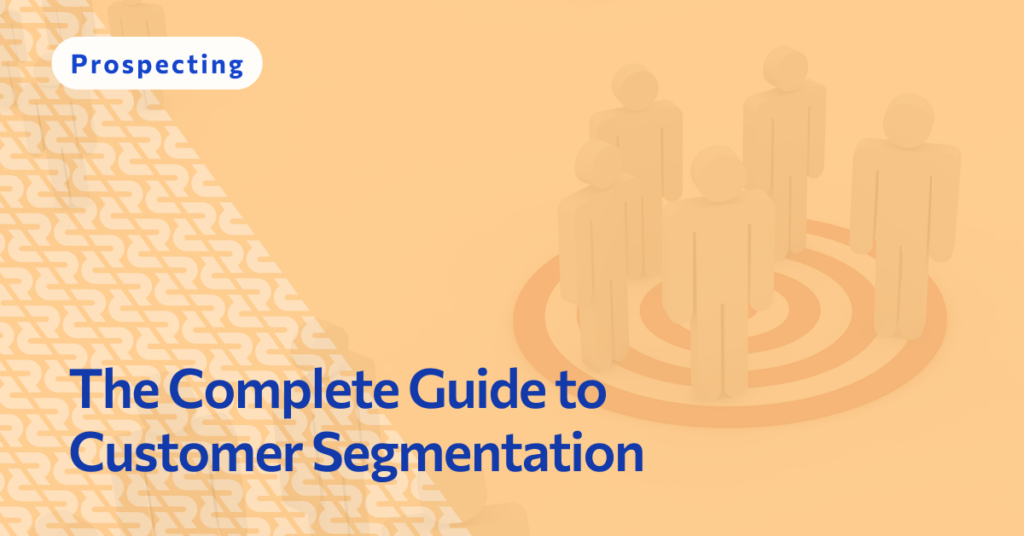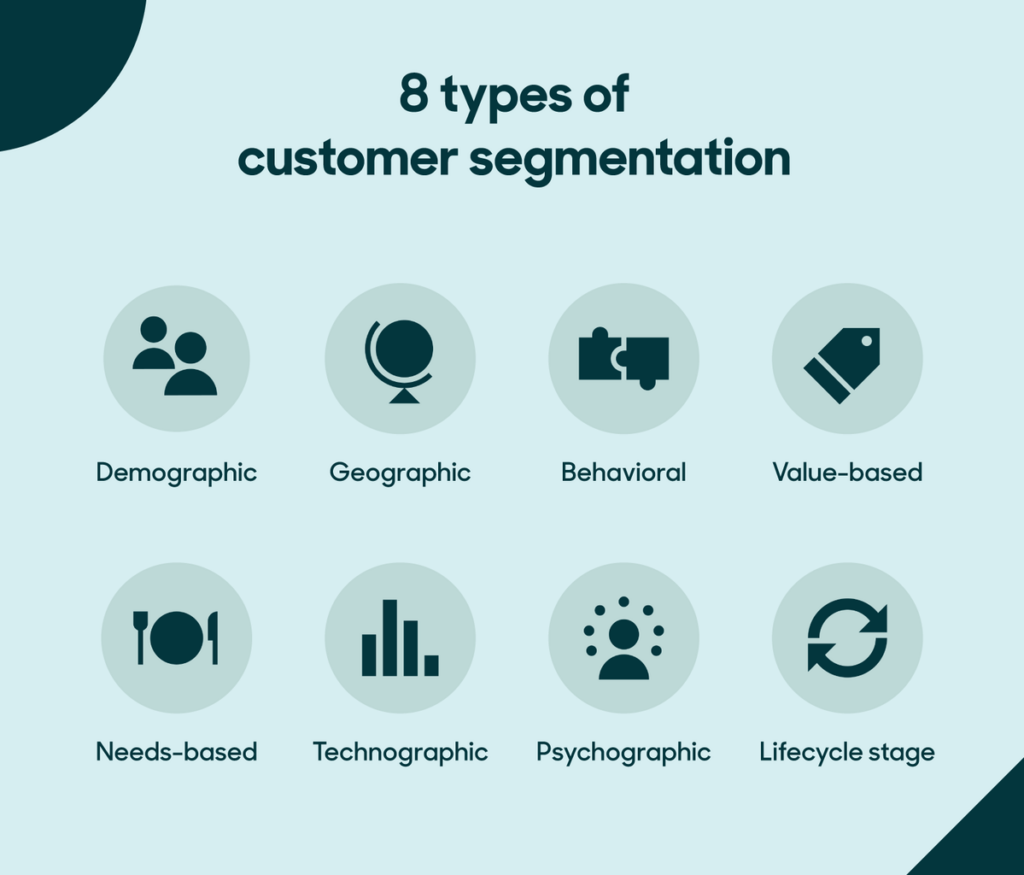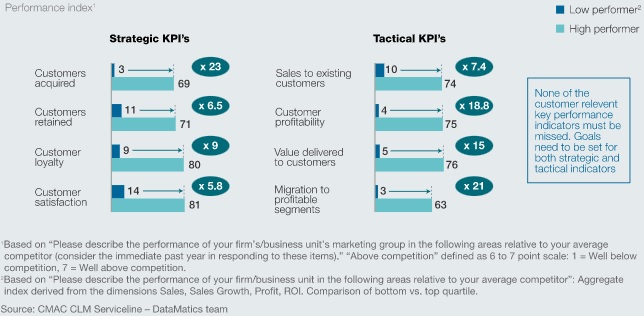The Complete Guide to Customer Segmentation

Have you ever received an email or seen an ad that felt like it was made just for you? Chances are, you were a part of a customer segment targeted specifically based on your behavior or interests. This type of customer segmentation is one of the most effective ways businesses are winning over new leads and customers.
In today’s market, where customers expect personalized experiences, customer segmentation has become more critical than ever. To stay ahead of the competition, businesses must actively incorporate customer segmentation into every part of their marketing and sales strategies.
In this article, we’ll cover everything you need to know about customer segmentation, why it matters, and how to implement it effectively for your business.
Quick Takeaways:
- Customer segmentation can be based on a variety of factors including demographics, geographics, behavior, funnel stage, and business needs.
- Two key first steps toward effective segmentation are to know your market and identify your ICPs and buyer personas.
- Companies that leverage data insights in their segmentation strategy are significantly more likely to acquire and retain customers.
- Your customer segmentation strategy should be dynamic—one you can adjust according to each new campaign or initiative you launch.
- Marketing automation is essential to execute customer segmentation at scale.
What is customer segmentation and why is it important?
Customer segmentation is the process of separating, ranking, and targeting different customer groups based on a variety of factors—demographic, geographic, behavioral, value-based, needs-based, funnel stage, and more. Segmentation allows companies to attract more potential customers by appealing to the specific needs and interests of each group.

More than ever, customer segmentation is necessary to meet buyer expectations around their pipeline experience. Buyers expect that potential providers will be attuned to their unique needs and tailor their communications to align accordingly—in fact, a demonstrated knowledge of company- and industry-specific needs is the number one reason companies reported choosing their current vendors over other alternatives.
If you want to stay top-of-mind with buyers and keep leads moving through your pipeline toward purchase, customer segmentation must be an active part of your marketing and sales strategies. Let’s walk through X ways to do it effectively.
7 Steps to Effective Customer Segmentation
Understand Your Market
Your customer segmentation strategy should be built upon a solid, holistic understanding of your market position and demand. As you embark on any segmentation strategy for your business as a whole or for individual offerings, ask questions like:
- What is the total addressable market (TAM) for this offering?
- Who would buy this product? What categorical traits describe them?
- What direct and indirect competitors exist on the market?
- What channels and messaging should be used to reach our audience?
As you build an understanding of your existing market, you’ll naturally begin to identify existing customer groups and the best ways you should aim to connect with them.
Develop Strong ICPs and Buyer Personas
Ideal customer profiles (ICPs) and buyer personas are two of the best segmentation frameworks for understanding target customer organizations (ICPs) and the individual decision makers within them (personas). Build upon your initial market research by describing the specific buyer groups best-fit for your solutions, their identifying traits, and their motivations.
At this point, you’ll have multiple layers of segmentation—market layer, organizational layer, and individual layer. Multiple types of organizations may fit within a specific market segment, for example, or you may experience similar personas across various ICPs.
All in all, starting with market research and zeroing in on ICPs and personas helps you to gain a strong understanding over time of the types of organizations and individuals who are attracted to what you have to offer, and the competition you need to beat out to win their business.
Leverage Data Insights
Data is the lifeblood of a good customer segmentation strategy—and really any larger marketing or sales strategy, at that. According to McKinsey, the higher-performing companies when it comes to leveraging customer data to drive strategy are able to acquire customers at a staggering 23X higher rate than non-performers (among other critical profitability KPIs).

Utilize both external data (i.e. industry reports, keyword research) and internal data (from your Google Analytics, CRM, CMS, BI tools, etc.) to uncover focused insights about customer behavior and preferences on which you can build your segmentation strategy.
Create a Process for Dynamic Segmentation
The boundaries around customer segments aren’t rigid—segments will often overlap, and different combinations of customer segments may be relevant for different offerings, campaigns, or other types of outreach.
Maintain your customer data in ways that allow for dynamic customer segmentation—the ability to select the right segments for each new initiative you execute, and create new segments when the opportunity or need arises.
Dynamic segmentation is best executed by using marketing automation tools like your CRM, a prospecting platform, email marketing automation software, and similar technologies.
Prioritize Valuable Segments
We know that not all leads are created equal, and neither are customer segments. Maximize the impact of your time and resources by focusing most heavily on the segments that yield results— most notably in the form of conversions and sales.
That’s not to say you should forget other segments altogether. Thanks to marketing automation, companies can execute multiple high-quality, targeted strategies at one time. But you want to allocate your best resources and tactics (think higher levels of personalization, ABM approaches, and the like) to the buyers and customers most likely to convert and/or spend at a higher level.
Track Performance and Adjust Over Time
Effective customer segmentation is never really complete—markets constantly evolve, as do the needs and expectations of your buyers and customers. For optimal results, track the performance of your marketing and sales campaigns by segment to understand what’s working and what may need adjustment over time.
Frequent reporting using data-driven KPIs and metrics is essential for this type of ongoing evaluation, but doing so is well worth the time investment. You’ll be able to continually improve your approaches for better engagement, more accurate targeting, and ultimately more leads generated and sales converted.
Over to You
Effective customer segmentation translates to highly targeted outbound marketing efforts that deliver impactful results for your business. If you’re looking to level up your outbound results, RevBoss can help. Our outbound email software and lead generation services are custom-built for startups, consultancies, marketing agencies, and other B2B organizations.
Schedule a quick call with us and find out how we can help you win more clients.
